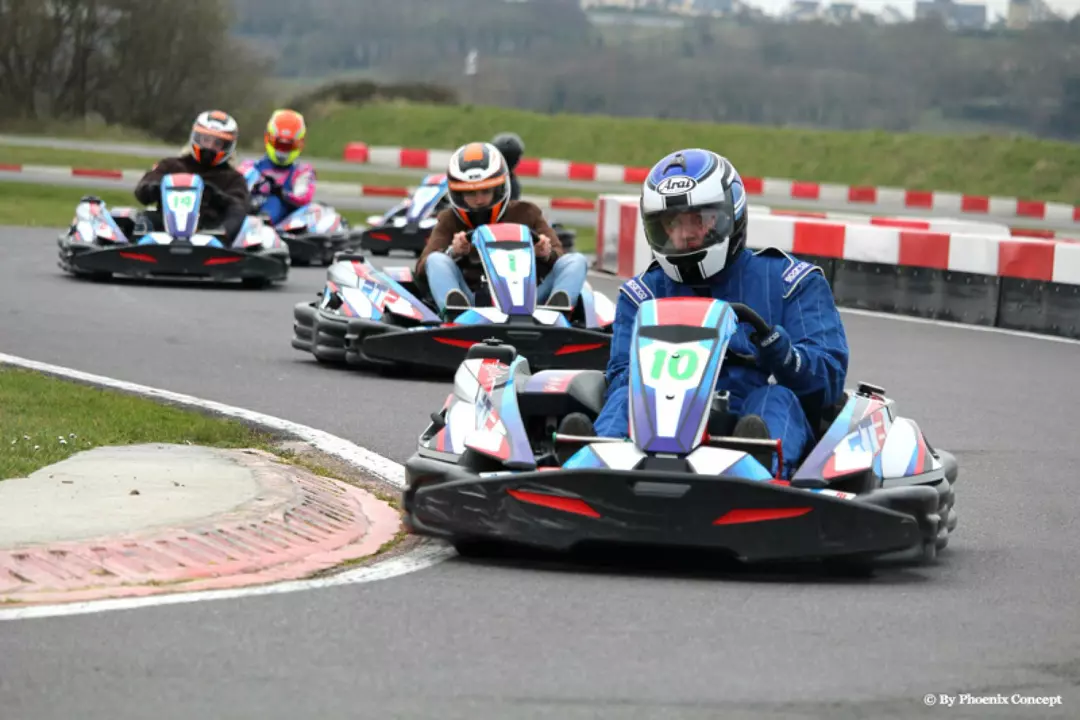Motorsports Career: Your Roadmap to Becoming a Race Driver
If you love the roar of engines and the thrill of speed, you’re probably wondering how to turn that passion into a real job. The good news is that a motorsports career isn’t just for prodigies – anyone with grit, practice, and the right plan can make it happen.
Getting Started: From Karts to Licenses
Most pro drivers begin in karting. It’s cheap, easy to find, and teaches the basics of racing lines, braking, and racecraft. Join a local karting club, race a few weekends, and start building a results sheet. If you’re serious, you’ll need a racing license from your national motorsport authority. The application usually asks for a medical check and proof of track time, so keep a log of every session.
After you have a license, look for entry‑level series like Formula 4, club racing, or touring car cups. These series use cars that cost less to run but still give you a taste of real‑world competition. Sign up for a racing school if you can – schools such as Skip Barber or BMW Motorsport Academy teach advanced car control and teach you how to give feedback to engineers.
While you’re racing, start networking. Talk to team owners, engineers, and fellow drivers. You’ll hear about seat openings, sponsorship deals, and test days. A solid network often lands you a drive when a team needs a replacement.
Life Inside the Cockpit: What Drivers Experience
Being a race car driver isn’t just about fast laps. You’ll spend hours in the garage learning about car setup, tire pressures, and suspension tweaks. The more you understand the machine, the better you’ll communicate with the engineers, and the faster you’ll improve.
Physical fitness is a must. Racing subjects your body to high G‑forces, heat, and quick reflex demands. A routine of cardio, strength training, and core work keeps you sharp. Many drivers also practice breath control to stay calm during long stints.
Gear matters too. Choose a racing suit that offers flexibility, ventilation, and proper padding. Comfortable suits let you focus on the track instead of feeling restricted. Pair the suit with a certified helmet, fire‑proof gloves, and a neck support device – safety first, always.
Money can be a hurdle, but don’t let that stop you. Look for local sponsors, set up a crowdfunding page, or offer to represent a brand on social media. Show potential sponsors how you’ll promote them – race footage, behind‑the‑scenes posts, and community events go a long way.
Finally, stay adaptable. Motorsport trends change fast – electric series are growing, and data analysis tools are becoming essential. Keep learning new software, telemetry basics, and even basic mechanics. The more versatile you are, the more doors will open.
In short, a motorsports career blends skill, fitness, networking, and a bit of hustle. Start in karts, get licensed, race in entry series, learn the car, stay fit, pick the right gear, and market yourself well. Follow these steps and you’ll be on the grid faster than you think.
What is the next step in my motorsports career after karting?
After mastering the art of karting, I'm eager to take the next step in my motorsports career. With various options available like Formula 4, rally racing, or touring car championships, I need to carefully consider my skills and preferences. Training and networking with industry professionals will be crucial to my progress. Securing sponsorships and funding will also play a vital role in advancing my career. Ultimately, I'm excited to face new challenges and grow as a racer in the competitive world of motorsports.



